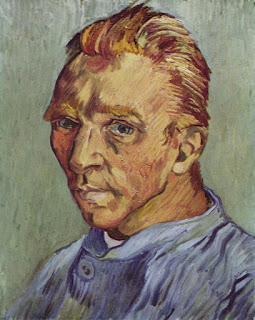NB! You need your notes about "Three Men in a Boat" on Friday, not today.
Today's aims:
* read the text
* study 13 phrases
* learn how to tell the summary by using the phrases
* learn how to use Vocaroo and share your speaking with your teacher
Task 1: SB ex 1/74 READ (3 min)
Task 2: Find the phrases from the text. WRITE in English. (pane tähele, et minevikus olevad sõnad tuleb kirjutada algvormis) (7min)
1) otsima
2) Kord nädalas oleva 8 saate jooksul
3) taaselustab 19.sajandi alguse elu
4) tehnikavidinad
5) elama taluelu
6) kraanivesi
7) käsitsi tegema
8) vett tooma
9) ise meelelahutust pakkuma
10) proovikatsed
11) oma vanust tõestama
12) eestkostja
13) luba andma
Did you find all 13? Good, please check them by scrolling down this post. (2min)
Task 3: Now study the phrases by looking at the Estonian phrases. Can you say all of them in English? (3 min)
If yes, you can go on to next task.
Task 4: Make a summary by using your phrases. (Väljendite abil teksti kontekstist lähtuv kokkuvõte. Eesmärgiks on lausete suuline meelde jätmine, kui vajad, tee selleks märkmeid) (10 min)
Example: 1) otsima
A TV channel
is looking for young people to participate in a new TV series called 1880.
2) Kord nädalas oleva 8 saate jooksul
Over 8 weekly episodes 8 teenagers will live on the farm.
3) taaselustab 19.sajandi alguse elu
They recreate life in the late 19th century.
Or you can combine 2 phrases together by saying:
Over 8 weekly episodes 8 teenagers will live on the farm that
recreates life in the late 19th century.
Please continue
Task 5: Go to website Vocaroo.com. It's best to use your phone for that.
Record your sentences (summary of the text), share and send by clicking on an envelope-icon and then type your teachers address (her first name.her last name@rkk.edu.ee)
If it seems complicated, havea look how form 3 learned how to use it (vaata ainult etappe, sest sinu tööülesandeks on ju jutustada teksti kokkuvõte) check
HERE
Be proud of yourself! :-)
PS! Õpilased, kes mingil põhjusel mulle rääkimise lindistust saata ei saa, saatke sõnumitesse põhjus ja leian teile alternatiivi.
______________
1) look for
2) over eight weekly episodes
3) recreate life in the late 19th century
4) gadgets
5) lead a rural existence
6) running water
7) do by hand
8) fetch water
9) make their own entertainment
10) auditions
11) provide proof of your age
12) guardian
13) give you permission





































